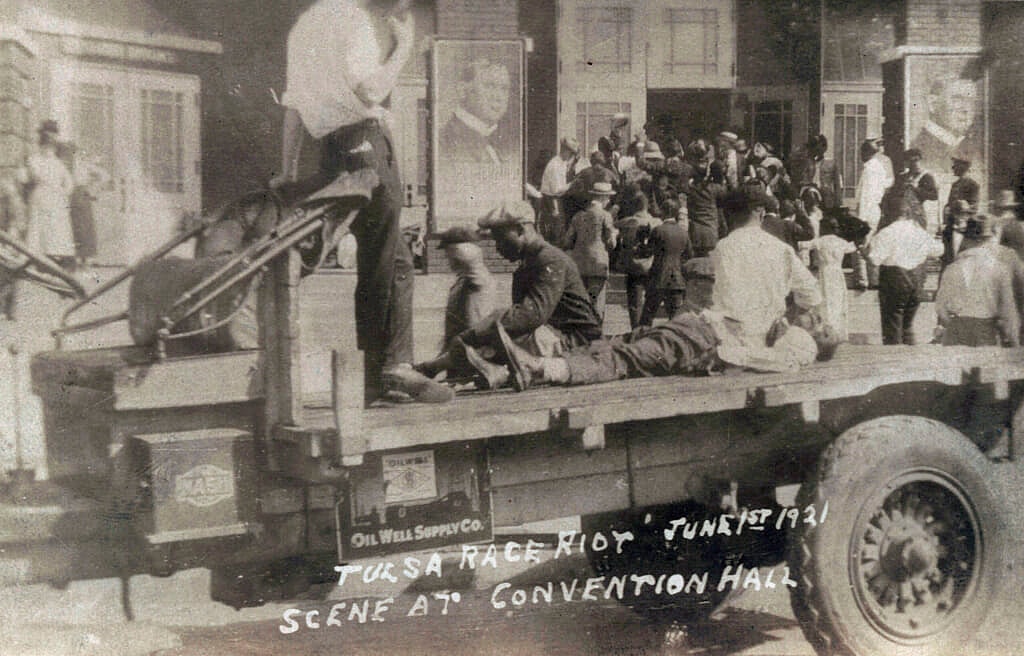Investigators seeking to identify victims of the Tulsa Race Massacre have found enough usable DNA for testing on two of the 14 sets of remains removed from a local cemetery a year ago, a forensic scientist said Wednesday.
Danny Hellwig with Intermountain Forensics in Salt Lake City, which is examining the remains, told The Associated Press that it’s a promising step toward identifying the people whose remains were removed from Oaklawn Cemetery.
“We have two (sets) that we’re very excited about,” Hellwig said. “It doesn’t guarantee us a result, but it gives us hope” for learning the names.

The key, Hellwig said, is having descendants of those individuals provide DNA to a database so a match can be made when DNA sequencing is complete.
The sequencing is expected to begin in July or August, Hellwig said. A match to a family member could be made within days if the descendant is in Intermountain Forensics’ DNA database.
None of the remains are confirmed as victims of the 1921 massacre, which occurred when a white mob descended on Greenwood, a predominantly Black neighborhood in Tulsa. More than 1,000 homes were burned, hundreds were looted and the thriving business district known as Black Wall Street was destroyed.
Historians who have studied the event estimate the death toll to be between 75 and 300.
To confirm the remains are massacre victims, investigators are seeking signs of trauma, such as gunshot wounds. Based on accounts at the time, most of those who were killed by the mob were male, according to forensic scientist Phoebe Stubblefield, a member of the team that excavated the cemetery and the remains.
One set of the remains sent to the Intermountain Forensics’ DNA lab in Utah includes a male with a bullet in his shoulder, but did not have enough usable DNA, Hellwig said.
“We’re talking with the investigative team to see if additional evidence can be provided” in hopes of extracting more DNA of that individual, Hellwig said.
Bones and teeth from each of the remains have been provided to the lab, with the usable DNA coming from the teeth, according to Hellwig.
A search for the graves of massacre victims began in 2020 and resumed last year with nearly three dozen coffins containing remains of possible victims recovered.
Investigators haven’t said when they’ll analyze additional sites where suspected mass graves are located and are potential search areas are planned, according to a news release from the city of Tulsa.
TheGrio is FREE on your TV via Apple TV, Amazon Fire, Roku and Android TV. Also, please download theGrio mobile apps today!

